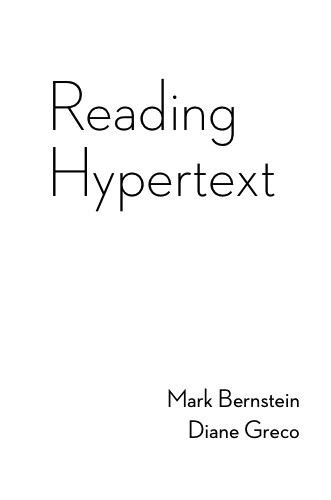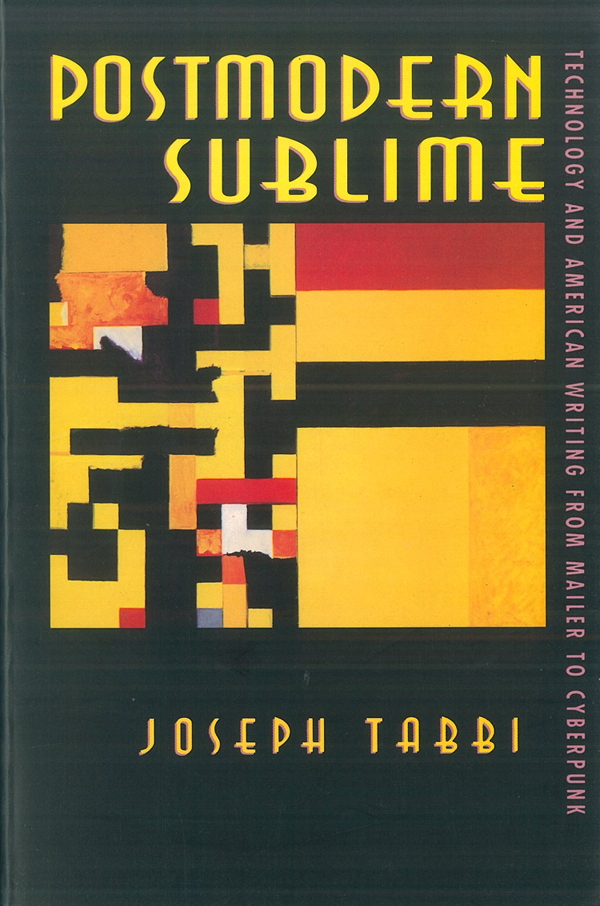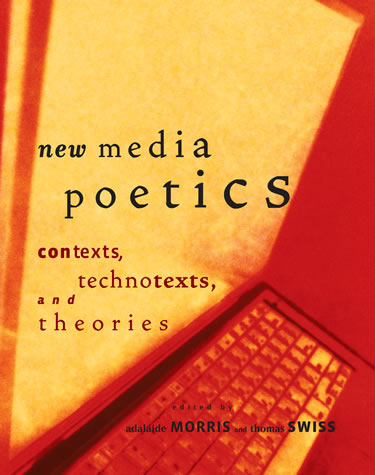Plusieurs ouvrages en lien avec les champs de recherche du Laboratoire NT2 sont maintenant disponibles pour consultation:
Mark BERNSTEIN & Diane GRECO, éds, Reading Hypertext, Eastgate System, 2009

The future of serious writing will lie on the screen. We will read, for reading is indispensable, but we will be less closely tied to the book, to paper and ink. The chief innovation of electronic writing is the link — the connection between pages that makes the Web possible and that has already transformed the way we read.
For twenty years, fine writers have worked to explore the possibilities of the link, to come to grips with the most important new punctuation since the comma. Many of our finest critics have studied hypertext, especially such classics as Michael Joyce’s afternoon and Shelley Jackson’s Patchwork Girl.
In Reading Hypertext, Mark Bernstein and Diane Greco have selected the best and most important studies of hypertext reading and criticism, drawn from disciplines ranging from philosophy and classical philology to film theory and technocriticism. These indispensable studies reveal how much we now understand about the reading hypertext, and point the way for important new work.
(source: http://www.eastgate.com/)
Joseph TABBI, Postmodern Sublime: Technology and American Writing from Mailer to Cyberpunk, Cornell University Press, 1996

Focusing on works by Norman Mailer, Thomas Pynchon, Joseph McElroy, and Don DeLillo, Joseph Tabbi finds that a simultaneous attraction to and repulsion from technology has produced a powerful new mode of modern writing--the technological sublime.
(source: http://search.barnesandnoble.com/)
Adalaide MORRIS & Thomas SWISS, éds, New Media Poetics: Contexts, Technotexts and Theories, MIT Press, 2006

New media poetry—poetry composed, disseminated, and read on computers—exists in various configurations, from electronic documents that can be navigated and/or rearranged by their "users" to kinetic, visual, and sound materials through online journals and archives like UbuWeb, PennSound, and the Electronic Poetry Center. Unlike mainstream print poetry, which assumes a bounded, coherent, and self-conscious speaker, new media poetry assumes a synergy between human beings and intelligent machines. The essays and artist statements in this volume explore this synergy's continuities and breaks with past poetic practices, and its profound implications for the future.
By adding new media poetry to the study of hypertext narrative, interactive fiction, computer games, and other digital art forms, New Media Poetics extends our understanding of the computer as an expressive medium, showcases works that are visually arresting, aurally charged, and dynamic, and traces the lineage of new media poetry through print and sound poetics, procedural writing, gestural abstraction and conceptual art, and activist communities formed by emergent poetics.
(source: http://mitpress.mit.edu)
Olivier BLONDEAU & Florent LATRIVE, Libres enfants du savoir numérique, L'éclat, 2005

Libres enfants du savoir numérique est un modèle d'hypertextualité : chaque texte entre en résonance avec les autres sous un angle particulier, chacun se veut l'écho d'une situation donnée (quelle soit politique, économique ou technique), chacun établit clairement le rapport entre le passé qu'il explore et l'avenir qu'il espère. Enfin, chaque auteur se met à la disposition de ses lecteurs en livrant son e-mail, ouverture appréciable au dialogue direct. De sorte que nous comprenons immédiatement que nous sommes dès aujourd'hui les acteurs de cette évolution, déjà qualifiée "d'historique" par certains. Mais cette hypertextualité n'est pas arbitraire: une orientation d'ensemble se dégage nettement, qui veut libérer la culture en défendant le "libre", qu'il s'agisse d'open source (logiciel libre), de musique gratuite ou de littérature auto-diffusée. Avant de lever haut l'étendard du Libre, entendons-nous sur les termes et les problèmes. "Libre" n'est pas synonyme de gratuit : un logiciel libre est un logiciel dont n'importe qui peut consulter les sources, soit pour son instruction privée, soit pour proposer publiquement des améliorations. Mais ce logiciel pourra disposer d'un ensemble de services payants: c'est ainsi que vivent certains distributeurs de Linux. De même, la musique "libre" n'est pas forcément celle qui transite sur Napster et passe au travers du contrôle des maisons de disques : "libre" signifie encore ici que n'importe qui peut échantillonner des passages du morceau et les réutiliser ailleurs. Enfin, la culture "libre" ne désigne pas nécessairement un accès gratuit au savoir (même si cet accès gratuit est souhaitable), mais l'interdiction à quiconque de privatiser ses idées. Tout tient dans cet unique principe : « les idées appartiennent à l'humanité »
(source: www.lumiere.ens.fr)
